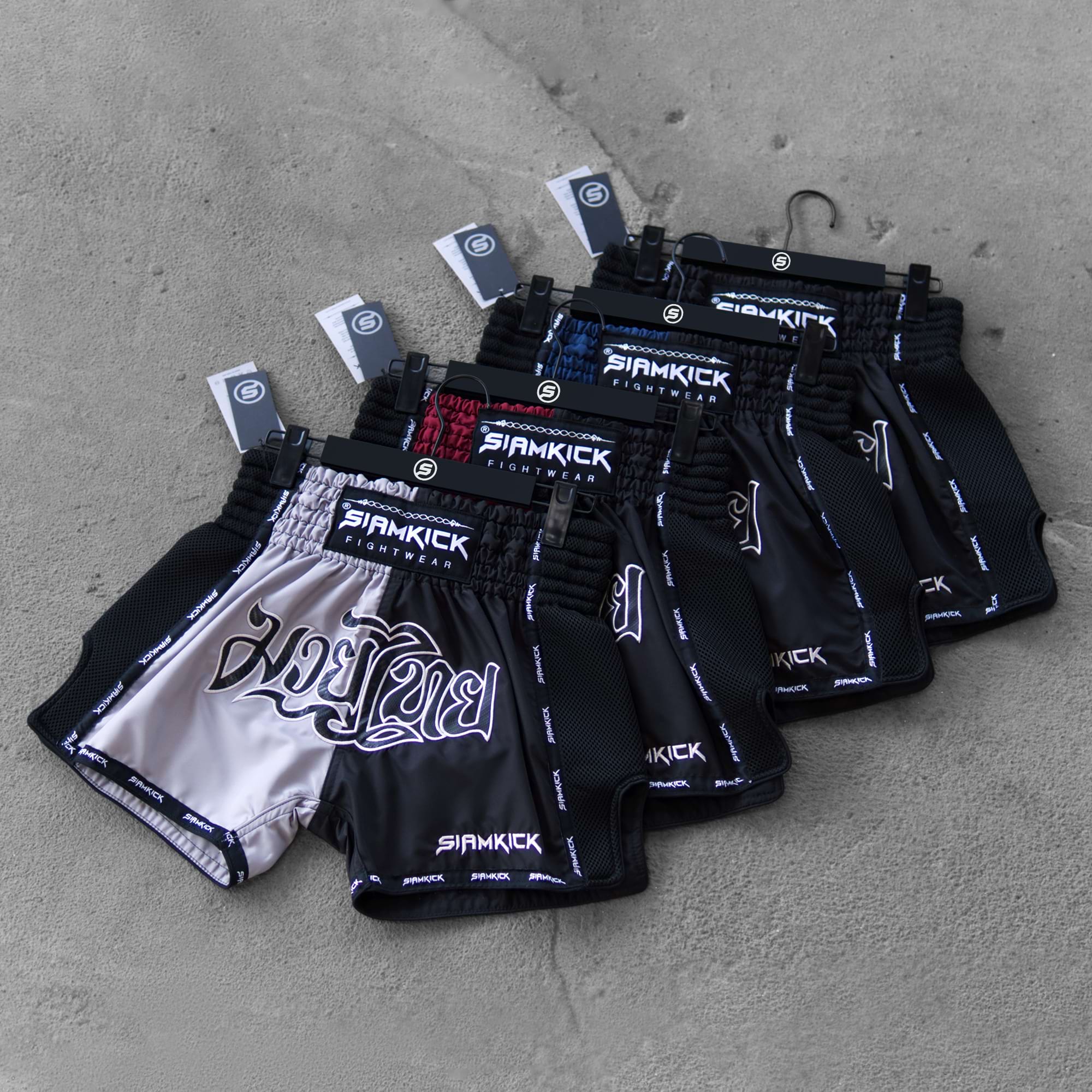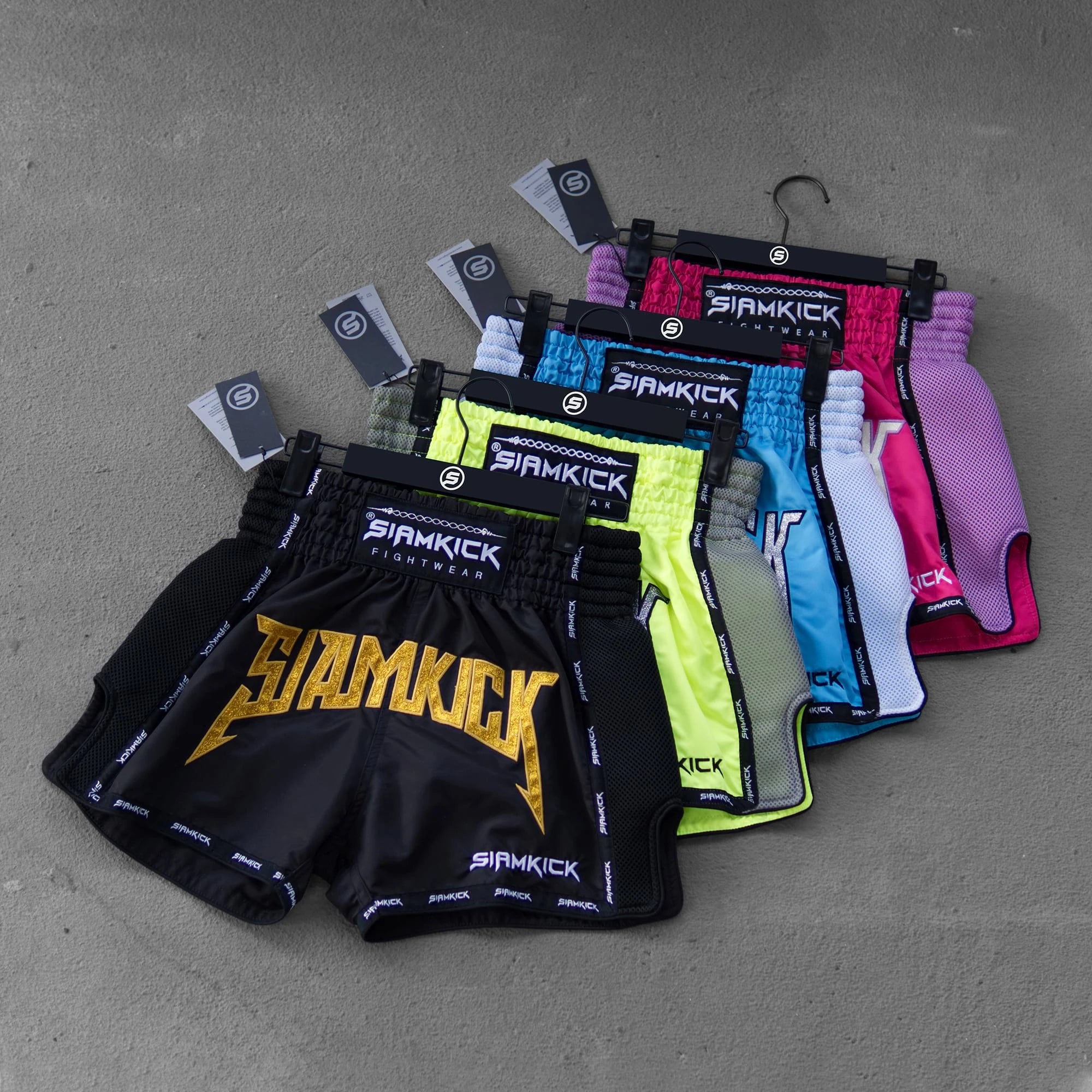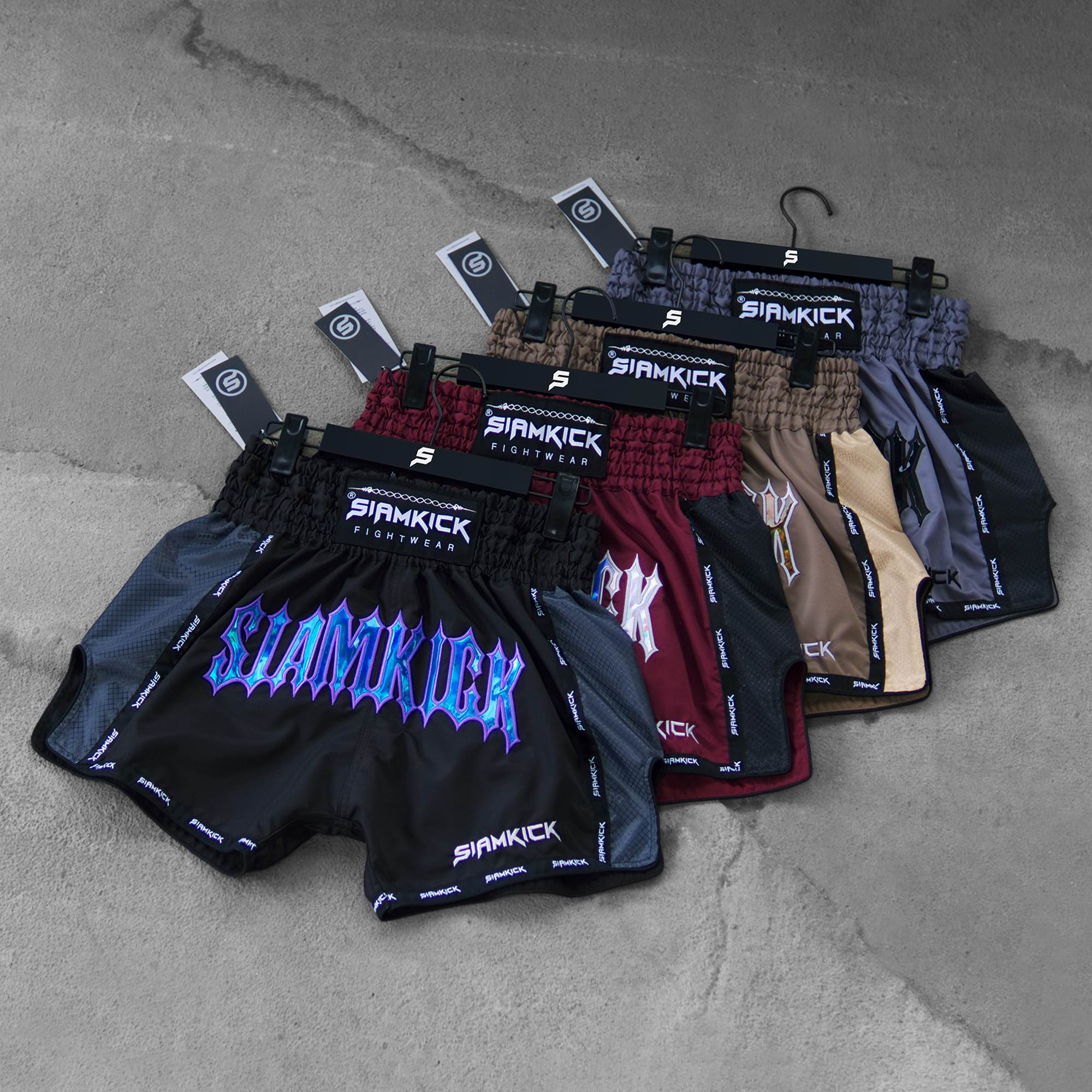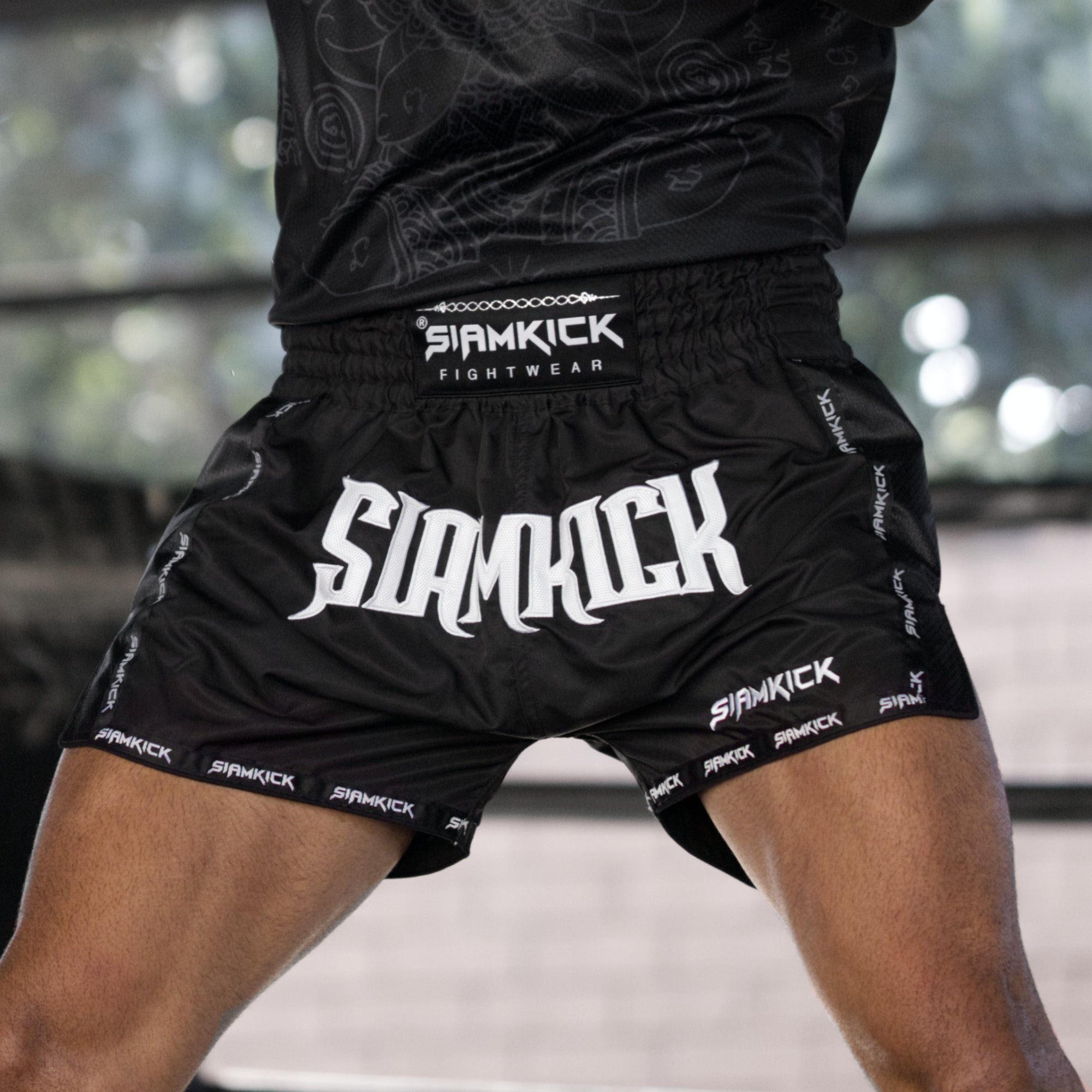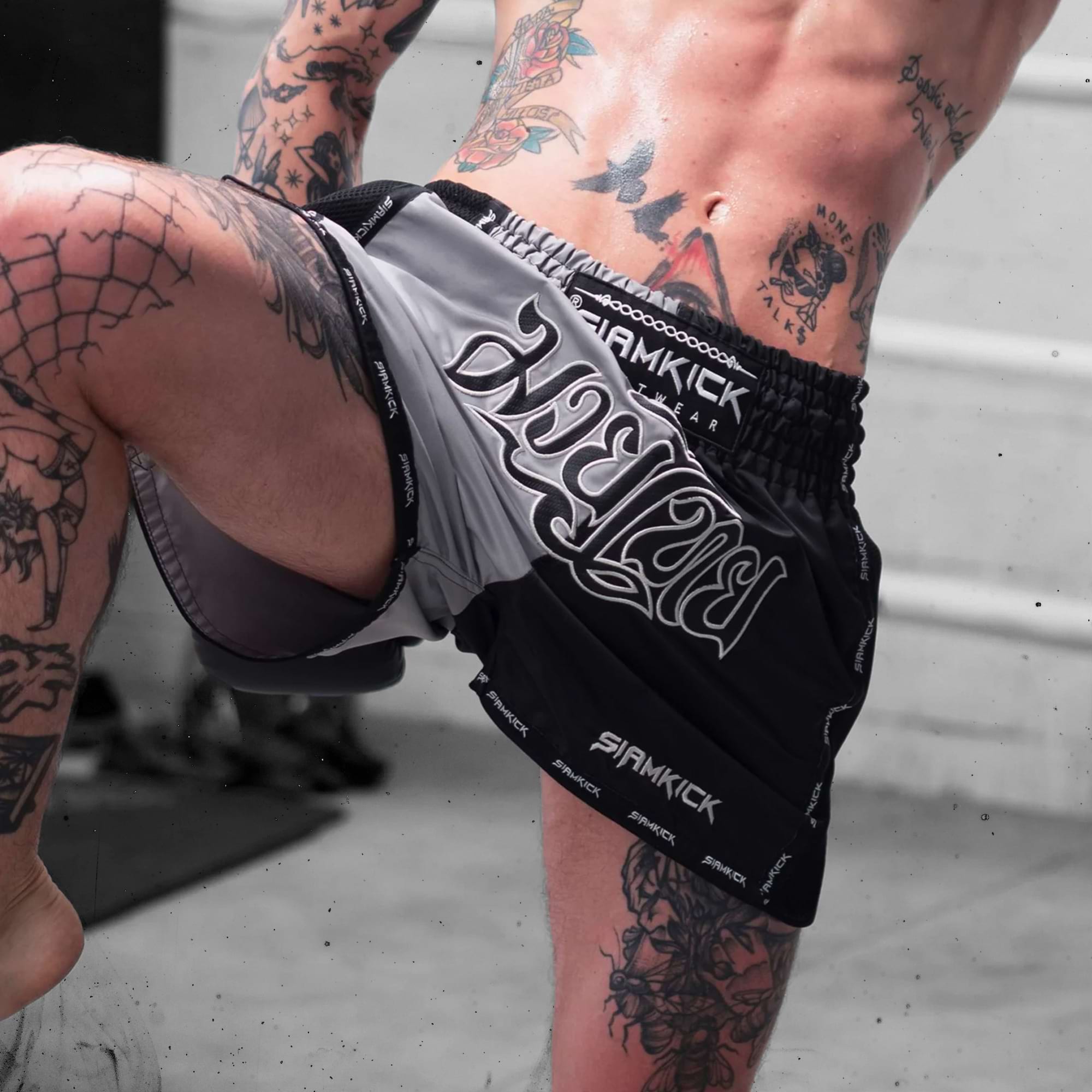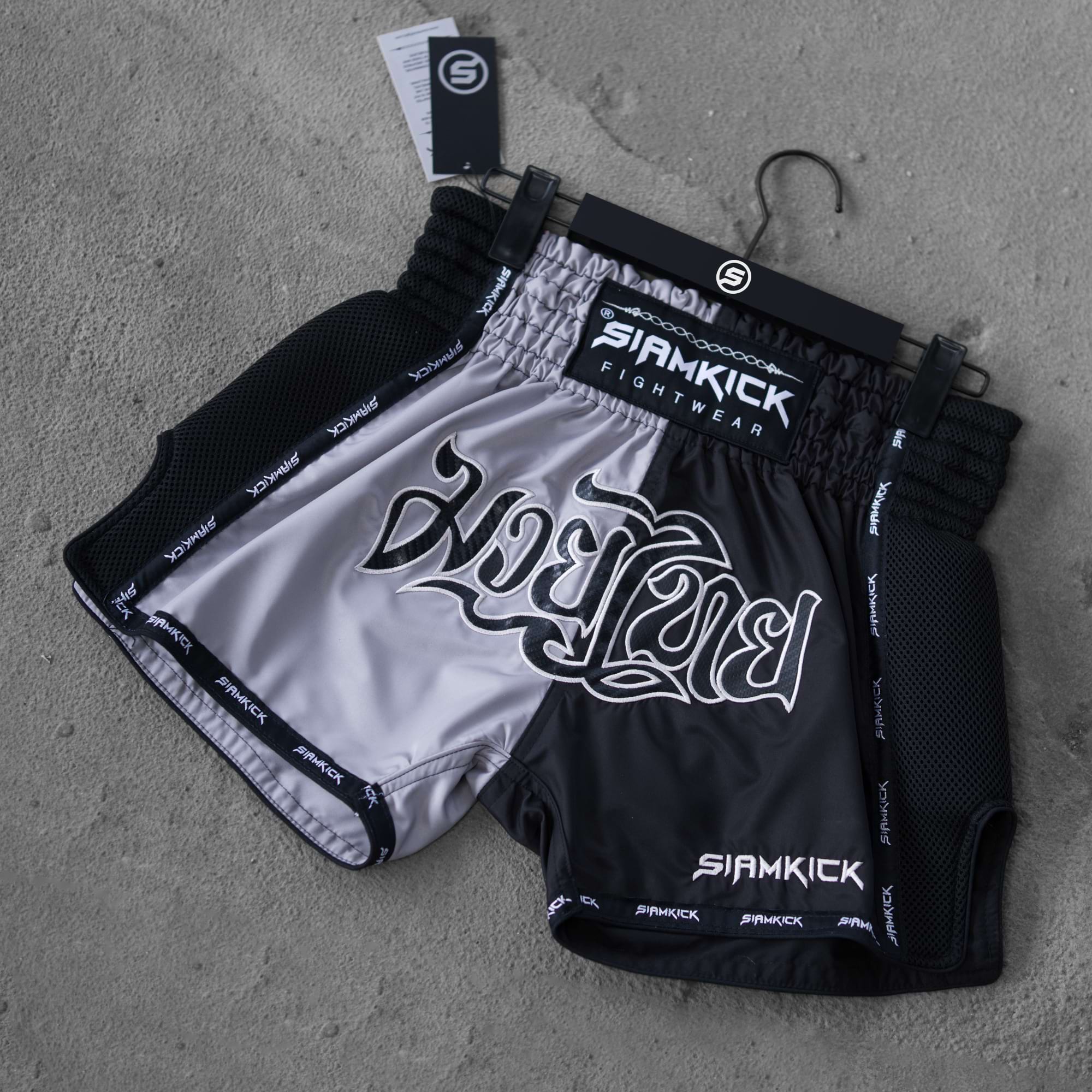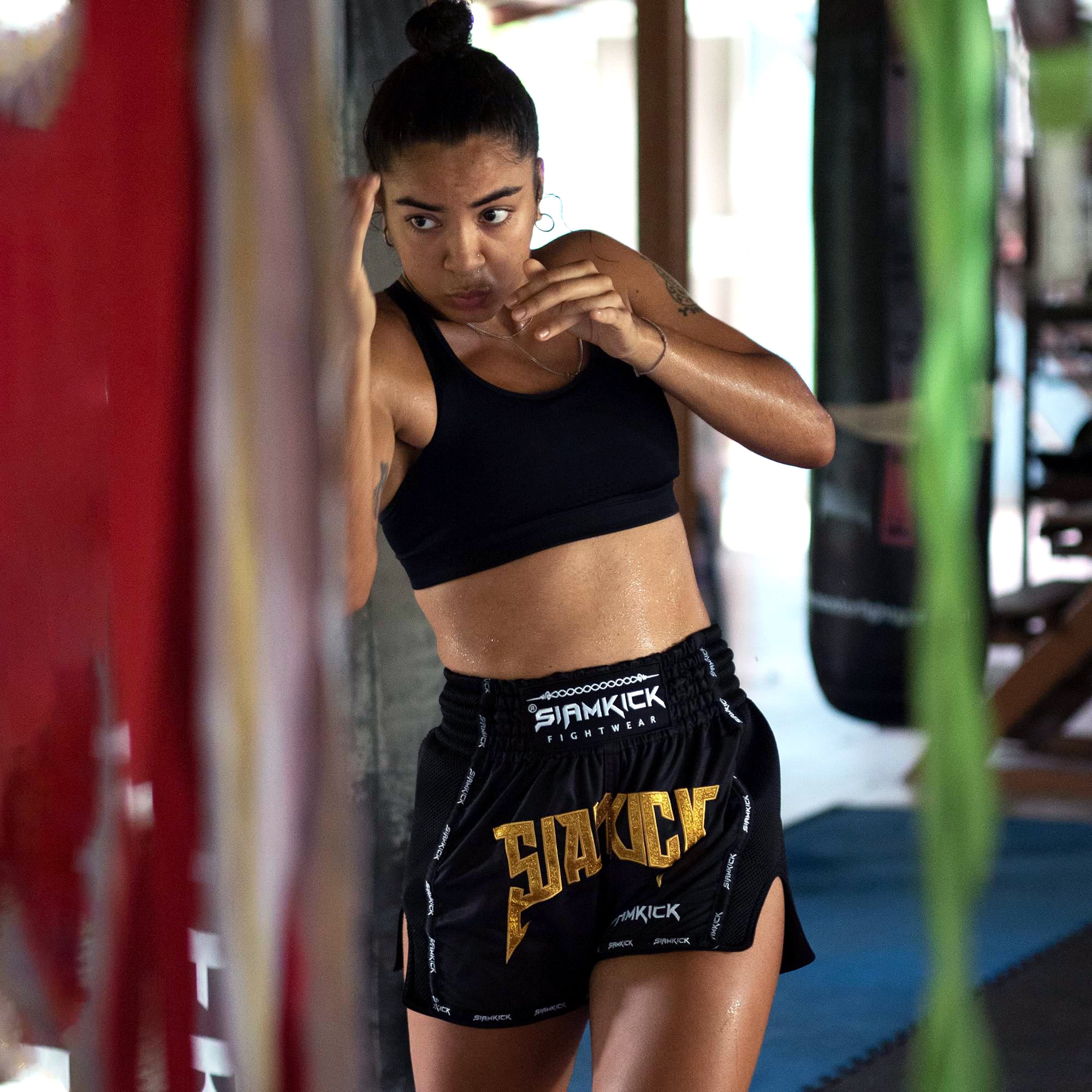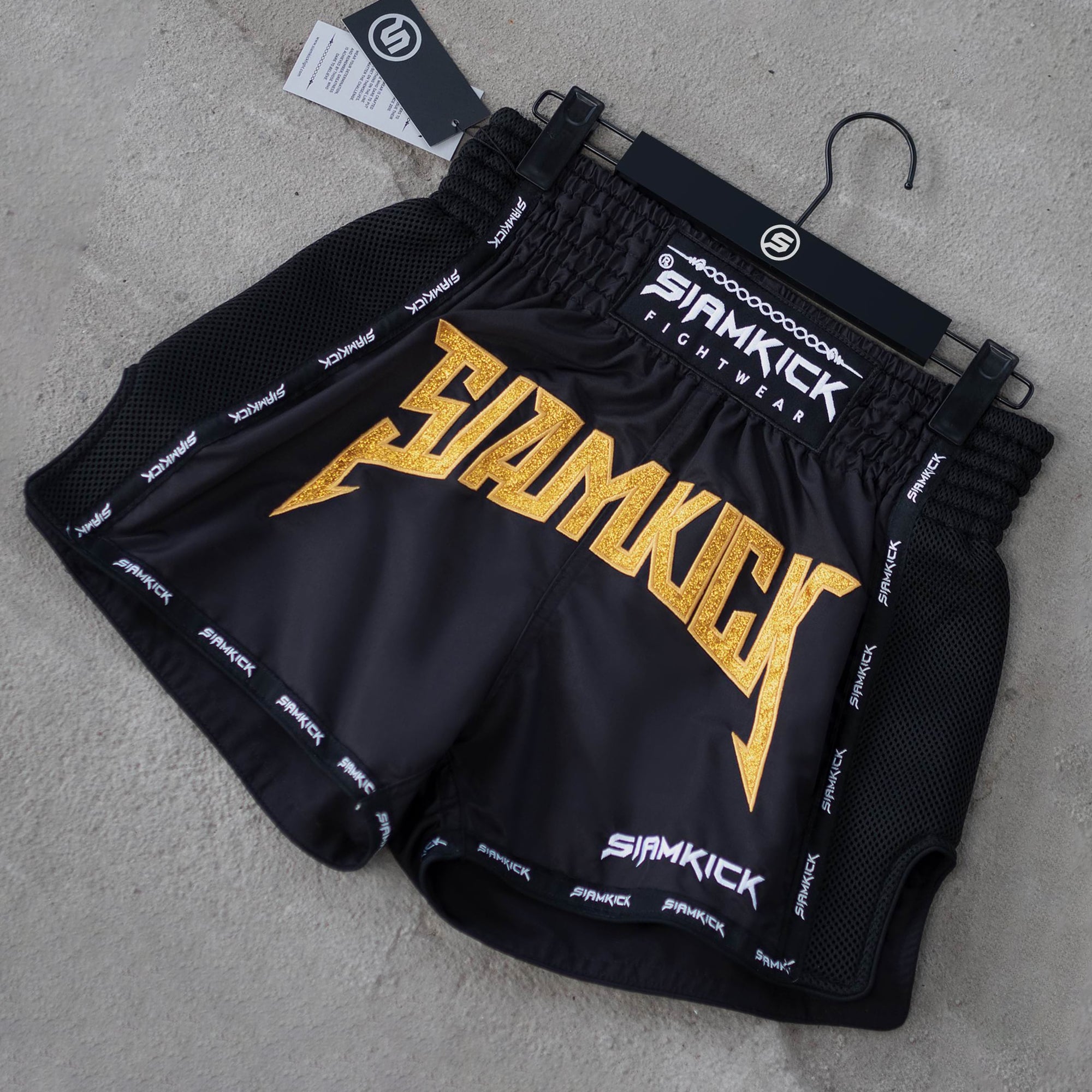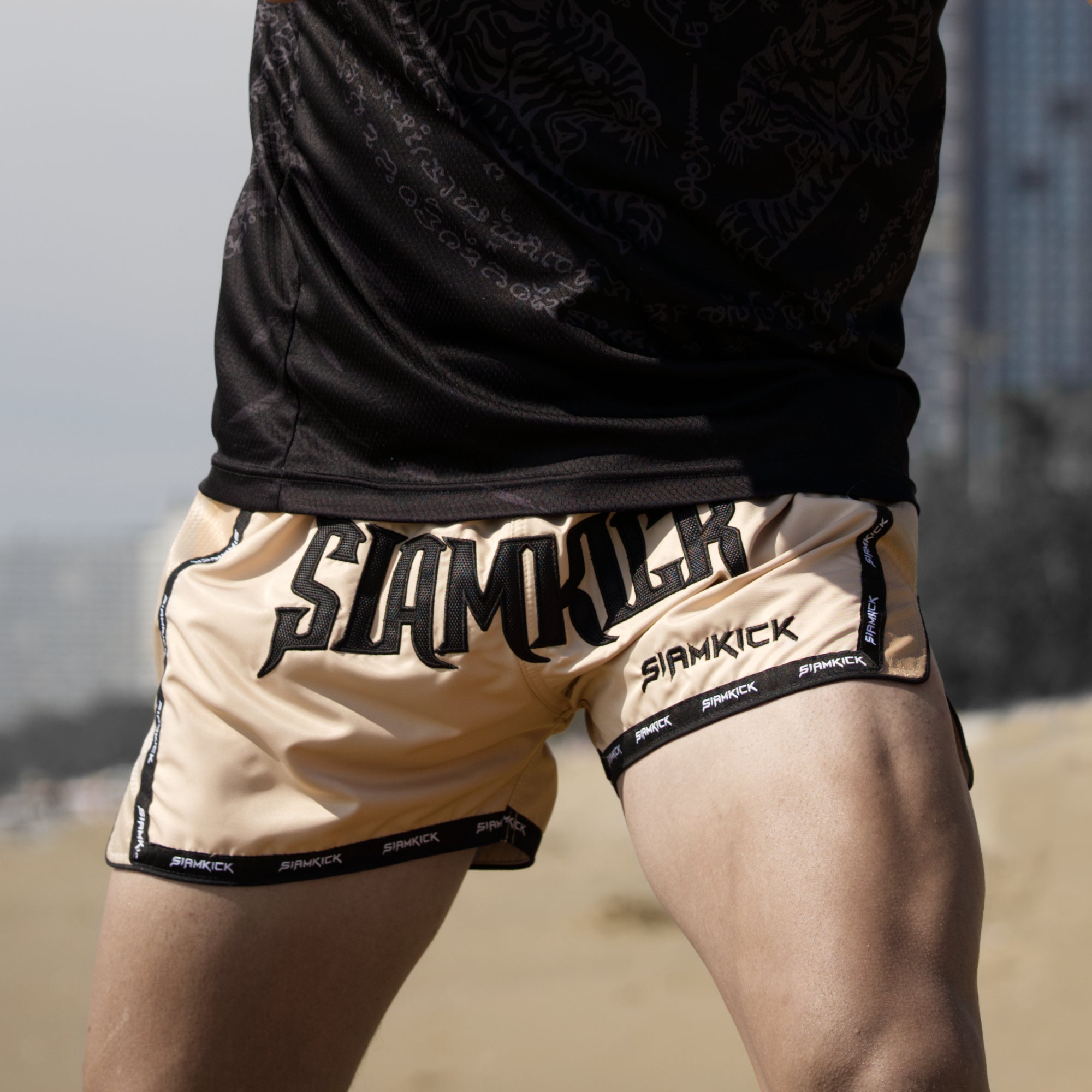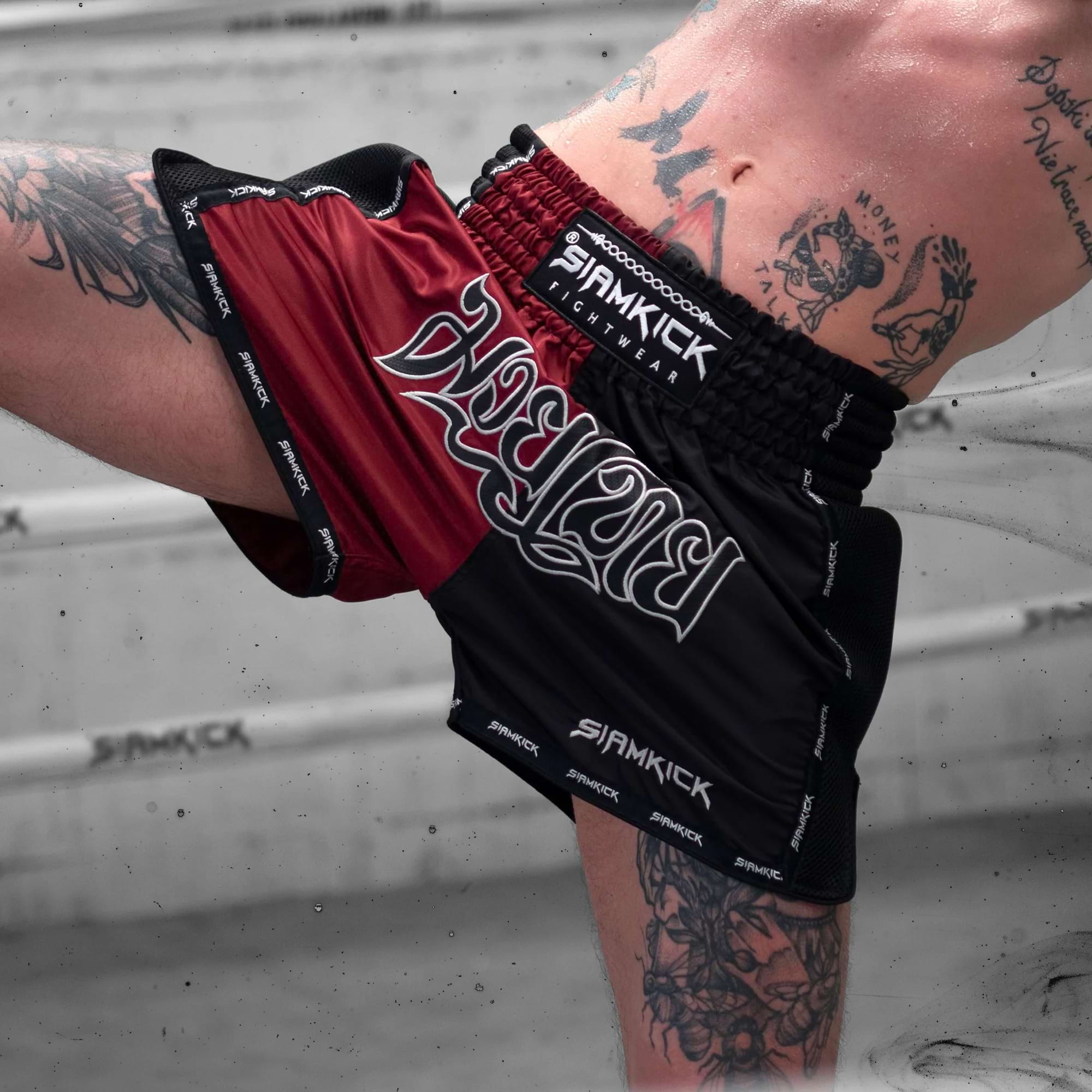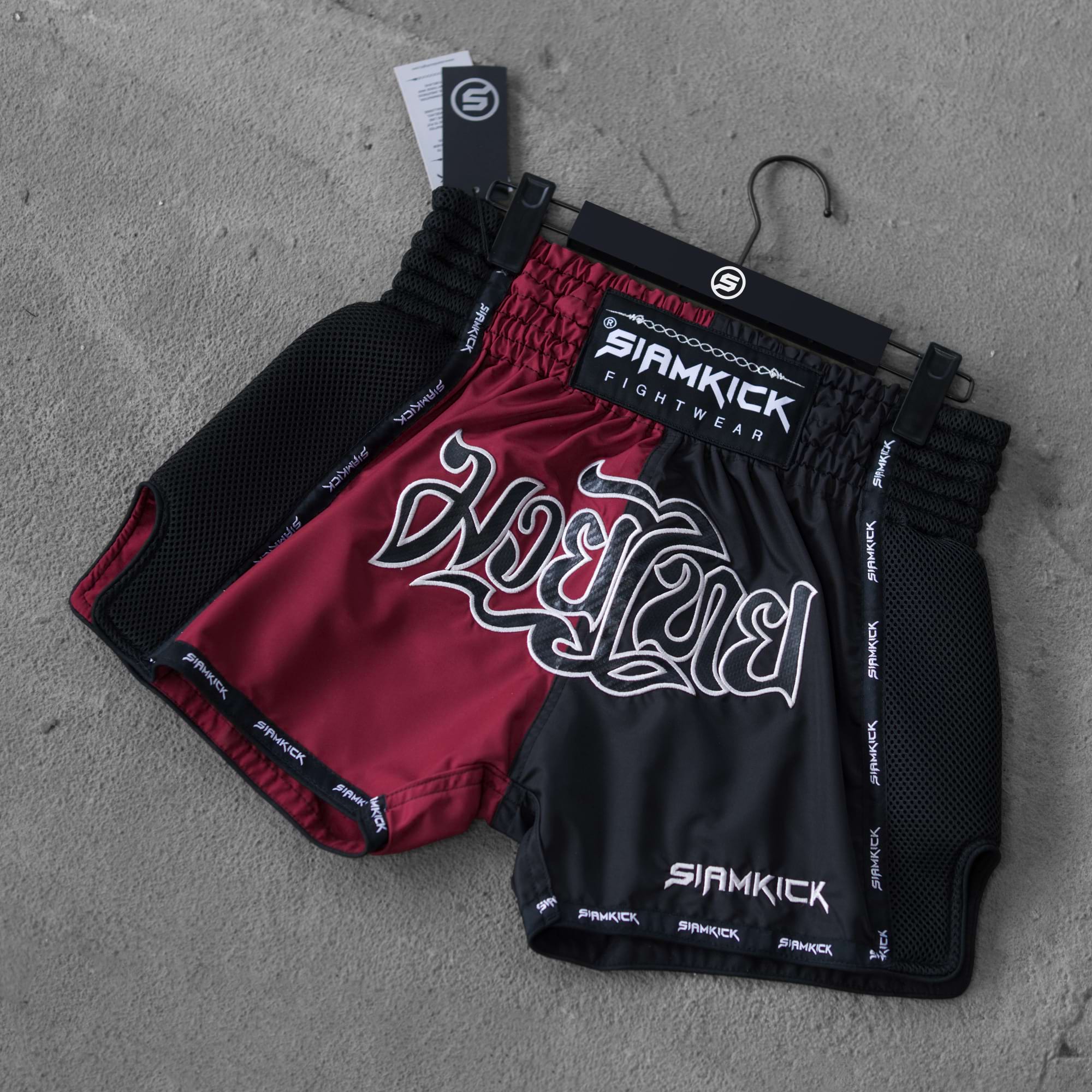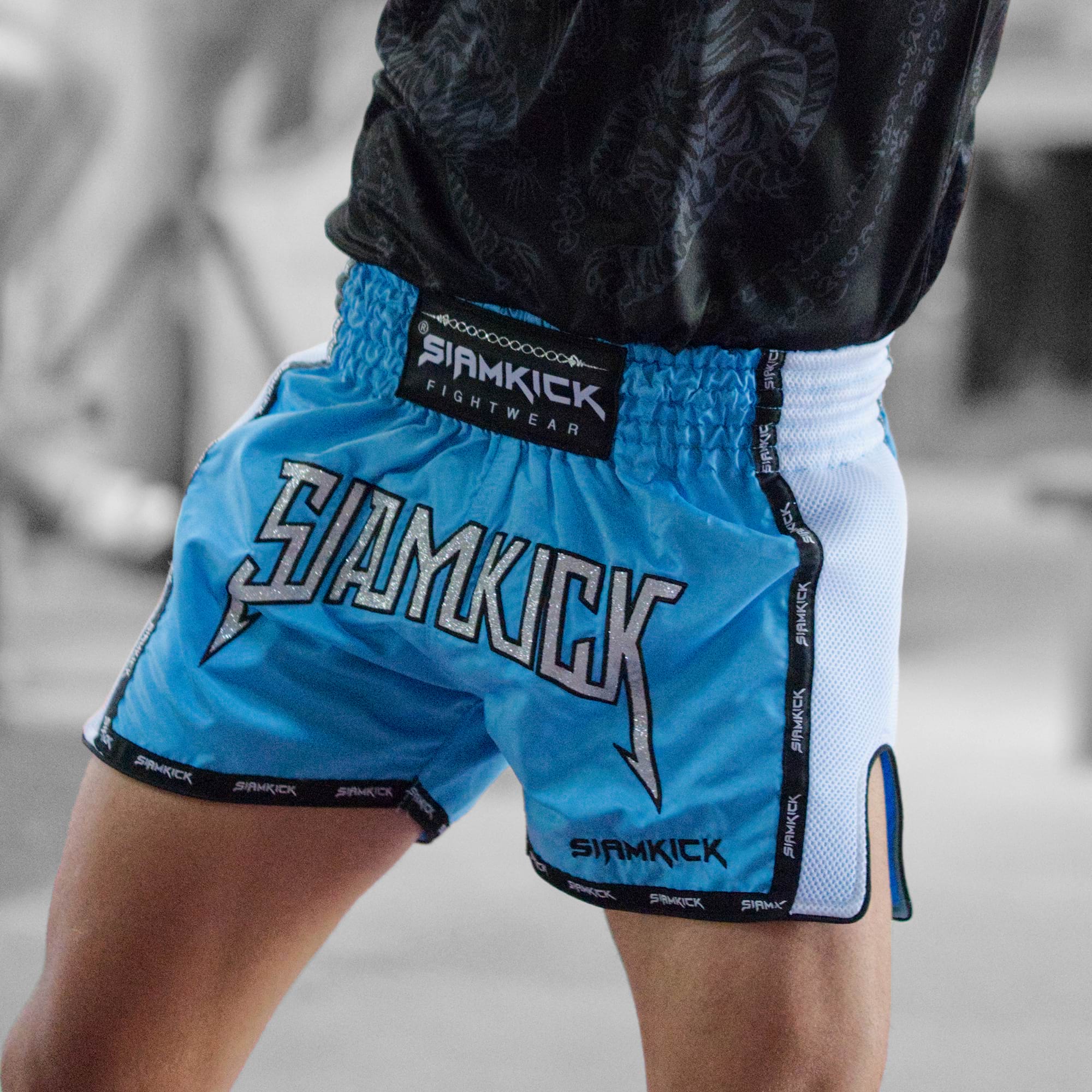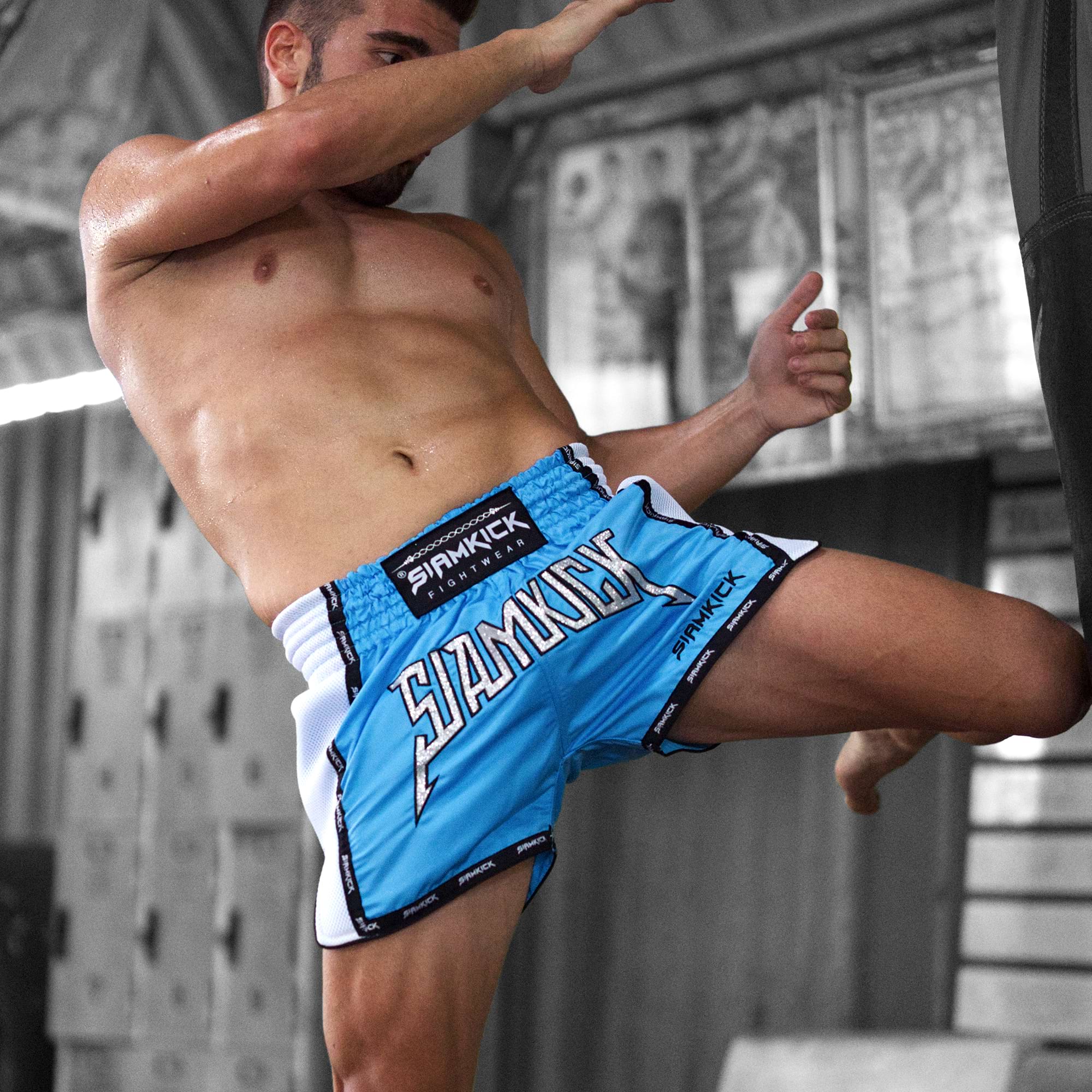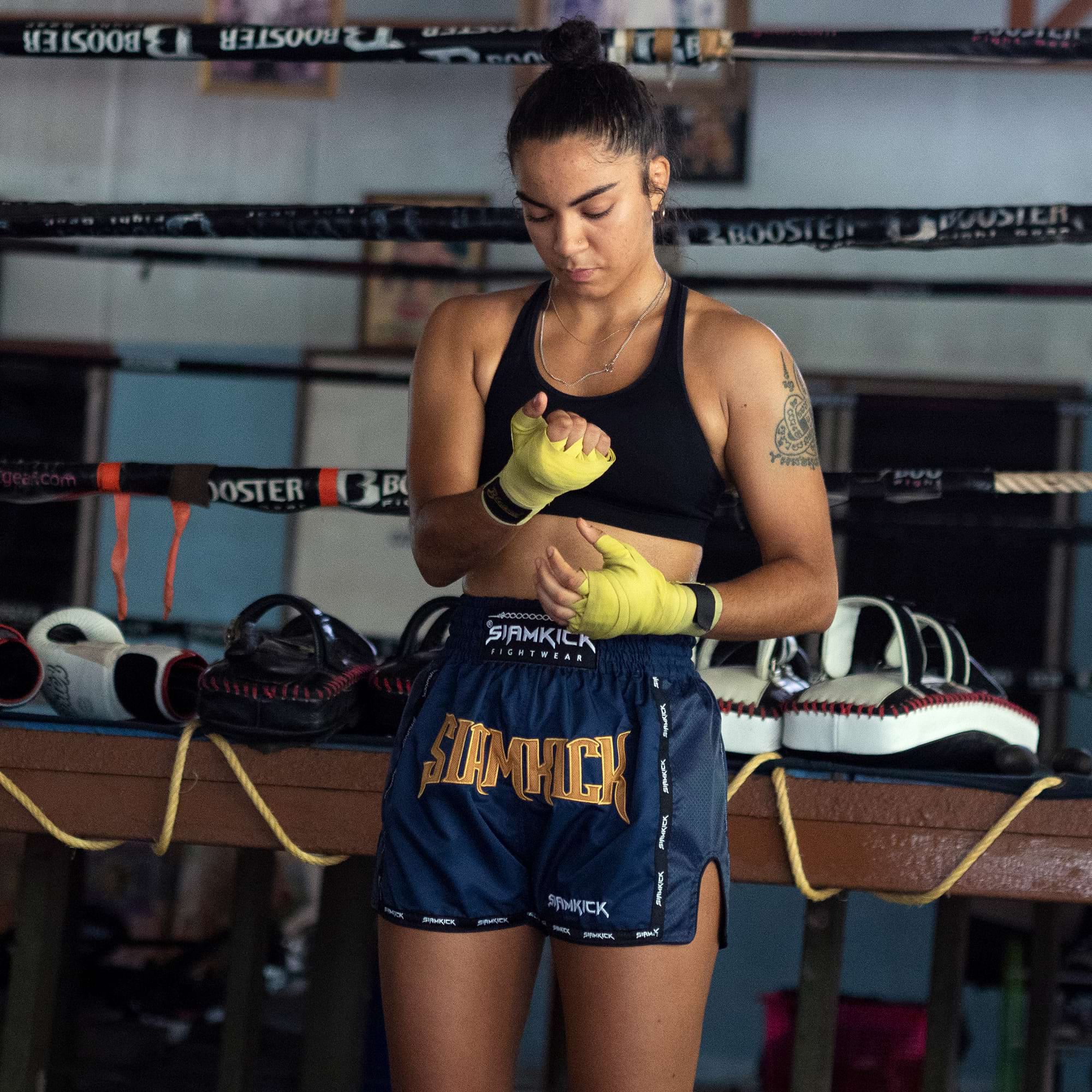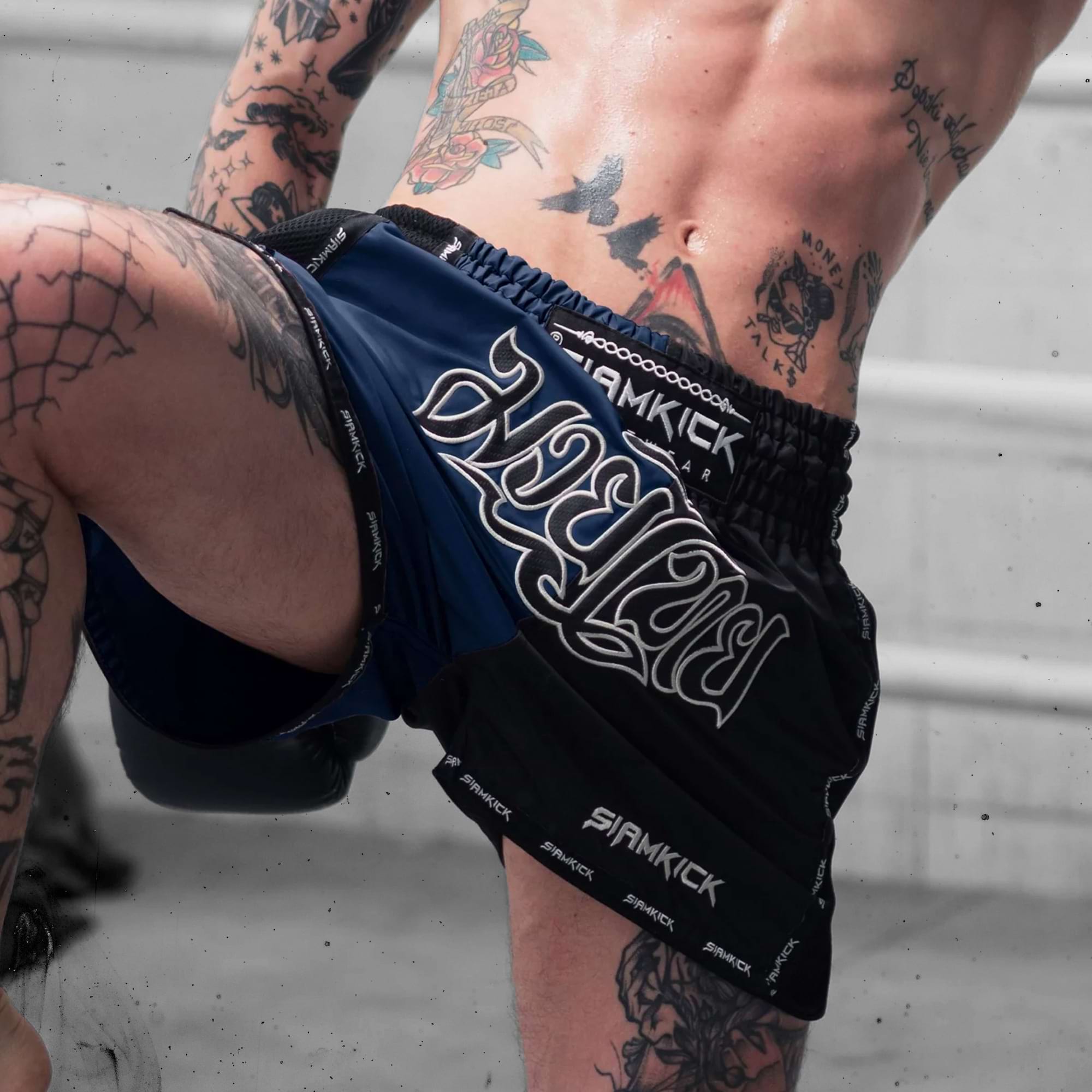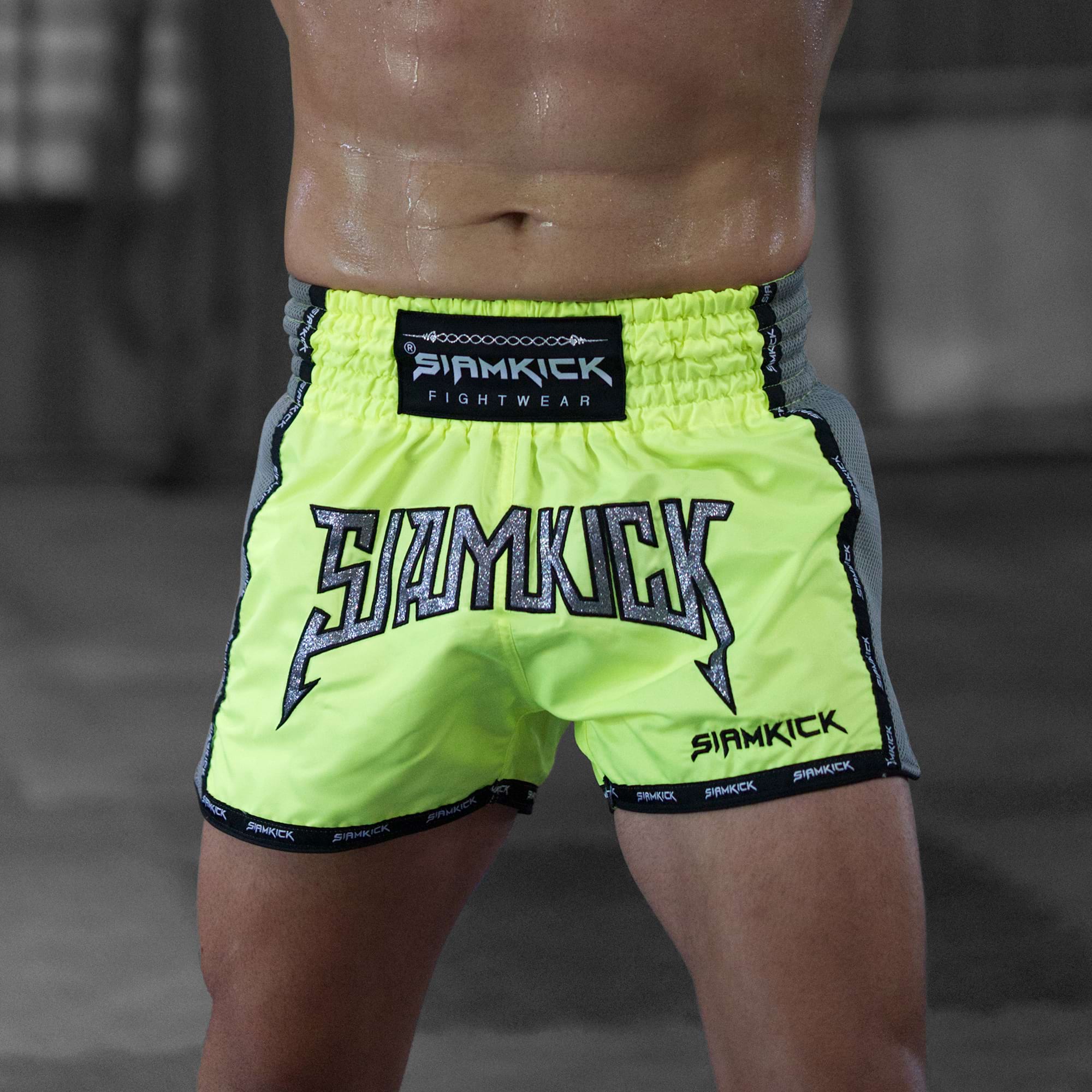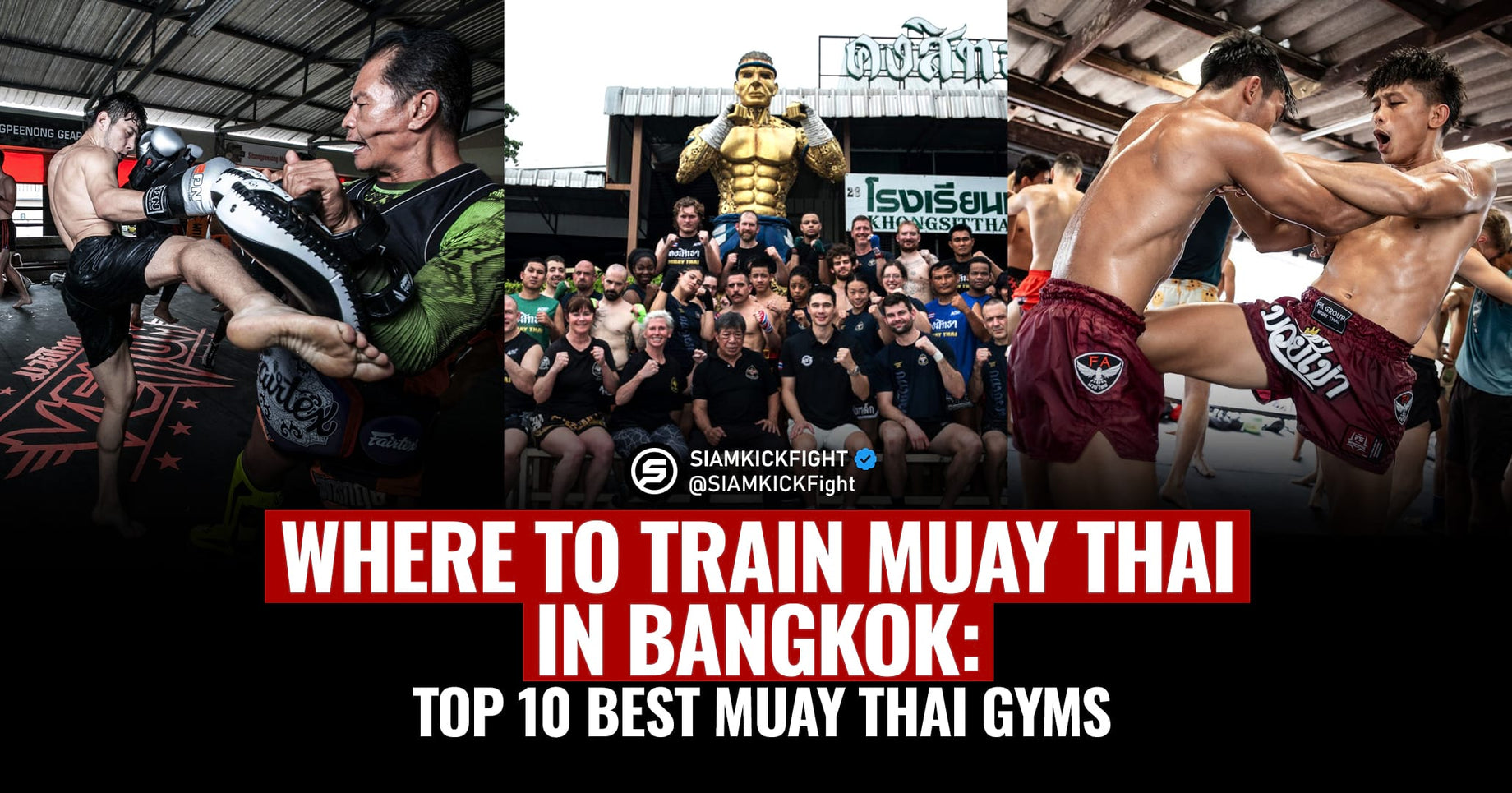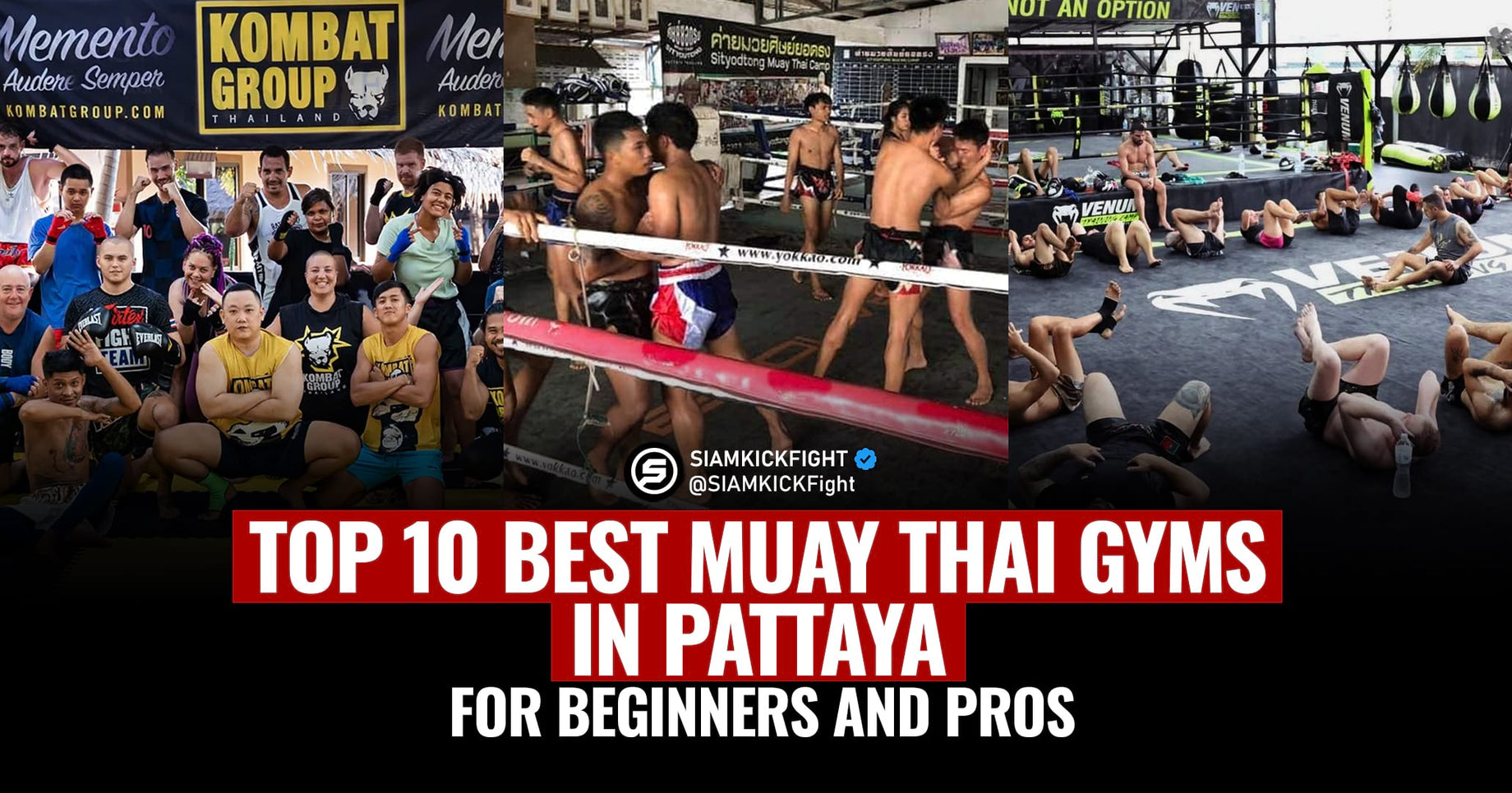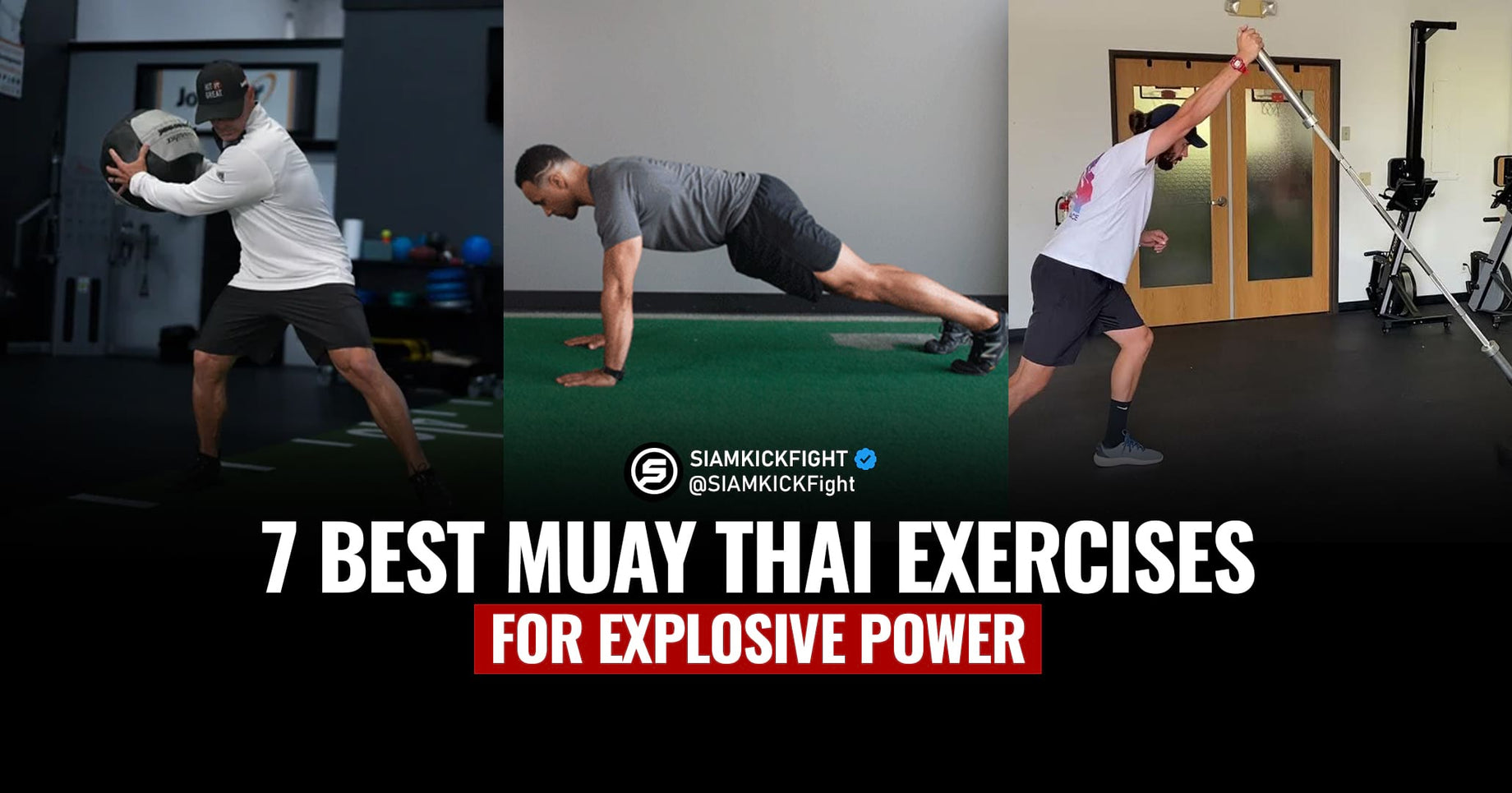Table of Contents

Introduction
In the electrifying world of Muay Thai, there exists a sacred tradition that transcends physical combat—a tradition known as the Wai Kru ceremony. This ceremonial ritual, performed before each match, serves as a spiritual homage to the ancient roots of the sport and a testament to the discipline and respect implanted in its practitioners.
Central to the Wai Kru ceremony are two iconic symbols that embody the essence of Muay Thai: the Mongkol Headband (or Mongkhon) and the Prajiad Armbands. These artifacts carry profound significance within the martial arts community, serving as tangible manifestations of honor, lineage, and spiritual connection.
What is the Muay Thai Wai Kru Ceremony?
Tracing back to the ancient roots of Thailand, Muay Thai wasn’t only a form of combat but also a fundamental part of society, deeply intertwined with religious beliefs and cultural practices. As such, the Wai Kru ceremony is an important moment, marking the beginning of a fighter's journey—a moment of reflection, homage, and preparation before entering the ring.
At its core, the Wai Kru ceremony reflects the deeply established values of Thai culture—values of respect for authority, gratitude for knowledge, and reverence for tradition. It is a moment of unity, as practitioners come together to honor their shared heritage and forge bonds that go beyond the boundaries of language and nationality.
Upon entering the ring, fighters circle the ring in a counter-clockwise direction. They bow their heads at every corner three times in salutation to Buddha, Dharma, and the Sangha of monks. The Wai Kru officially begins with the "Wai" gesture—a traditional Thai greeting that signifies respect. With hands pressed together in prayer-like fashion, participants bow their heads in acknowledgment of their teachers and mentors, expressing gratitude for the knowledge and wisdom imparted to them.
Following the Wai gesture, the ceremony transitions into a series of choreographed movements called the “Ram Muay,” where each movement carries with symbolic meaning and often contains clues about who trained the fighter and where the fighter is from. Fighters perform this ritual to pay homage to their teachers, their lineage, and the spirits of Muay Thai. Through these movements, practitioners seek to align their mind, body, and spirit, drawing strength from the collective wisdom of those who have come before them.
What is a Mongkol (or Mongkhon) / Muay Thai Headband? Its History and Meaning

In the world of Muay Thai, few symbols carry as much importance as the Mongkol—a ceremonial headband filled with tradition, spirituality, and symbolism. Worn by fighters during the Wai Kru ceremony, the significance of the Mongkol extends beyond its aesthetic appeal. According to tradition, the Mongkol is believed to possess mystical properties, offering protection to the fighter and filling them with strength and resilience in the face of adversity.
Originating from the Thai word "Mongkol," meaning "holy," the Mongkol holds a sacred place in the hearts of practitioners, embodying the essence of protection, respect, and honor. Crafted with intricate designs and decorated with auspicious symbols, each Mongkol is a unique work of art, reflecting the individuality and spirit of its wearer.
In essence, the Mongkol is a sacred emblem that encapsulates the ethos of Muay Thai. It serves as a symbol of respect and gratitude towards one's teachers and mentors. In Thai culture, the act of tying or putting on the Mongkol around a fighter's head is a gesture of respect and humility, acknowledging the invaluable guidance and wisdom imparted by those who have walked the path before them. It is a symbol of tradition, spirituality, and honor, serving as a constant reminder of the ancient wisdom and enduring legacy of this martial art.
What is a Prajiad / Muay Thai Armband? Its History and Meaning

The Muay Thai Prajiad is a sacred armband worn by practitioners of Muay Thai. Its origins trace back to ancient Thai warriors who would wear cloth around their arms for protection and as a talisman for good luck and strength in battle. Historically, it was customary for men to receive Prajiad from their mothers before heading out to battle or war, imbuing the armband with familial blessings and protection. Over time, this tradition evolved, incorporating intricate designs and colors that represent the fighter's lineage, skills, and personal beliefs.
At its core, the Prajiad symbolizes the fighter's dedication to the art, connection to their teacher, or Kru, and the lineage of knowledge passed down through generations. By wearing the Prajiad, fighters pay homage to their instructors, acknowledging the invaluable guidance and wisdom imparted to them. Moreover, the Prajiad serves as a visual testament to the fighter's dedication and commitment to upholding the traditions of Muay Thai.
Beyond its role as a symbol of lineage, the Prajiad also carries spiritual significance within the context of the Wai Kru ceremony. As fighters perform the ritualistic dance of respect, known as Ram Muay, the Prajiad serves as a focal point for channeling positive energy and invoking the spirits of the art. It is believed that the Prajiad acts as a conduit between the physical and spiritual realms, imbuing the wearer with strength, courage, and protection during combat.
In addition to its ceremonial importance, the Prajiad also serves practical functions during a bout. Traditionally tied around the upper arms, these bands help to provide stability and support to the fighter's limbs, enhancing their performance and minimizing the risk of injury.
Conclusion
Muay Thai is a combat sport that carries deep spiritual significance. The artifacts of Muay Thai - the Mongkol, the Prajiad, and even the sacred tattoos known as Sak Yant - are imbued with symbolic significance that transcends their physical form. The Mongkol, with its protective properties and intricate designs, serves as a talisman of honor and respect, while the Prajiad represents the fighter's connection to their lineage and spiritual heritage. Similarly, Sak Yant tattoos, inscribed with ancient symbols and mantras, are believed to offer protection and imbue the wearer with courage and strength.
In essence, Muay Thai is more than just a martial art—it is a profound expression of the human spirit, a combination of tradition and innovation, of physical prowess and spiritual enlightenment. Through its rituals, symbols, and teachings, Muay Thai offers practitioners a path to self-discovery, inner peace, and transcendence—a journey that extends far beyond the confines of the ring.


